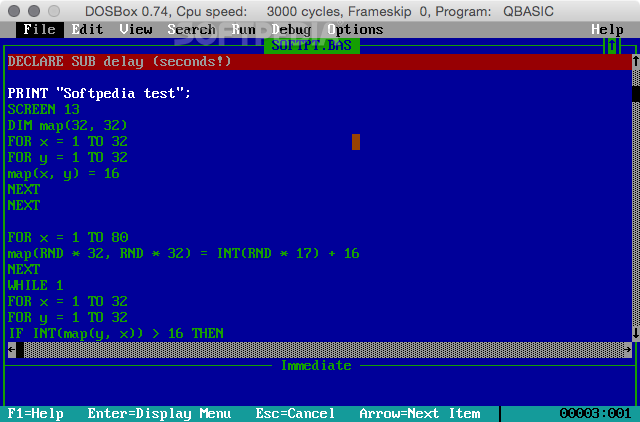SQLite JDBC for macOS. For example, Mac OS X comes pre-isntalled with SQLite and can be executed using the sqlite3 command. However, you may need to install SQLite in some cases and on other OSes. How to Install SQLite On Mac. SQLite comes preinstalled on Mac, so you can simply open the terminal application and type sqlite3 to launch the server.
I’m a Mac user and I do not own a Windows computer, so I can’t write the instructions for Windows. Google “how to install sqlite on windows” for specific instructions. Same goes for Linux.
Step 1) Download the highlighted download package from the previous image to your PC. It is a “ zip ” file. Step 2) Extract the zip file. You will find the “ sqlite3.exe ” in the extracted file as following: Step 3) Open My Computer, and double-click the partition “C” to navigate to it: Step 4) Create a new directory “ sqlite “. Mac Machine SQLite Installation Instructions. Download sqlite from download page. Use terminal to navigate to the location of the file. Enter code “mv sqlite3 /usr/local/bin/”. If sqlite is downloaded, you should see a sqlite command that looks like “sqlite”. Test your new sqlite installation by typing “newdb.sqlite”. Build Product Names. Beginning with System.Data.SQLite version 1.0.101.0 (3.12.2), the following templates will be used for the names of the build products. SQLite is a compact, cross platform, self-contained relational database management system that is available in the public domain. SQLite is included in macOS and Mac OS X by default. It is located in the /usr/bin directory and called sqlite3. Using SQLite, users can create file-based databases that can be transported across machines, platforms.

On macOS, you don’t need to do anything to install sqlite. It’s preinstalled in all modern versions of macOS.
All you need to do is to open a terminal and run the
command.
Press ctrl-C 2 times to exit the SQLite executable.
This is pretty cool!
My macOS with Mojave comes with SQLite 3.24, and the latest version (at the time of writing) is SQLite 3.30. You can upgrade SQLite using Homebrew, but for the sake of simplicity, I’m not going to cover this.
A great software we can use to interact with a SQLite database is TablePlus. It comes with a free trial that’s perfect for our usage, because it’s not time-based but rather it limits the amount of concurrent connections you can make to the database.
Download it from https://tableplus.com. I know there are macOS, Windows and Linux versions.
You create a new connection, choosing SQLite:
Sqlite Manager Mac Download
You select a name, and type a database path. I choose test.db, in the /Users/flaviocopes/ folder:
SQLite is pretty cool because the database is contained in a file, which you can put pretty much everywhere you want. This is radically different from PostgreSQL, and MySQL and other big DBMS.
Pressing Connect, the connection was successfully created:
and I can see the file created in that folder, with zero KB of size:
That’s it.
I’m going to make more tutorials on how to use this SQLite database, soon.
I’m a Mac user and I do not own a Windows computer, so I can’t write the instructions for Windows. Google “how to install sqlite on windows” for specific instructions. Same goes for Linux.
On macOS, you don’t need to do anything to install sqlite. It’s preinstalled in all modern versions of macOS.
All you need to do is to open a terminal and run the
command.
Press ctrl-C 2 times to exit the SQLite executable.
Install Sqlite Windows 10

Sqlite Browser Mac Download
This is pretty cool!
My macOS with Mojave comes with SQLite 3.24, and the latest version (at the time of writing) is SQLite 3.30. You can upgrade SQLite using Homebrew, but for the sake of simplicity, I’m not going to cover this.
A great software we can use to interact with a SQLite database is TablePlus. It comes with a free trial that’s perfect for our usage, because it’s not time-based but rather it limits the amount of concurrent connections you can make to the database.
Download it from https://tableplus.com. I know there are macOS, Windows and Linux versions.
You create a new connection, choosing SQLite:
You select a name, and type a database path. I choose test.db, in the /Users/flaviocopes/ folder:
SQLite is pretty cool because the database is contained in a file, which you can put pretty much everywhere you want. This is radically different from PostgreSQL, and MySQL and other big DBMS.
Pressing Connect, the connection was successfully created:
and I can see the file created in that folder, with zero KB of size:
That’s it.
I’m going to make more tutorials on how to use this SQLite database, soon.